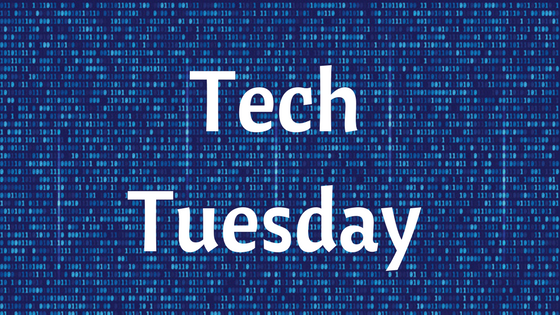The Prevalence of Cybercrime
Cybercrime is the fastest growing economic crime throughout the world, with countries such as the US and UK seeing double-digit growth every year. Preventing criminals from taking control of your digital assets is essential. This requires diligent risk assessments, robust compliance policies, and standardized procedures designed to limit the potential of an attack.

The government agrees: They state that cyber theft is up $3 trillion from 2016. The cost of malware and other cybercriminal activities is expected to hit $6 trillion a year by 2021. The rising cost of cybersecurity products and services continues to place a burden on organizations as they rush to gear-up to protect their digital assets.
All technology workers must stay abreast of cybersecurity threats. However, this can be challenging for the small to mid-size business where IT professionals are already overworked. The IoT (Internet of Things) and BYOD (Bring Your Own Device) models continue to create loopholes in what might otherwise be a relatively secure infrastructure.
Ransomware is particularly prevalent in today’s economy, as hackers know they can “lock down” an organization’s systems until a ransom has been paid. This can be used against healthcare organizations and others who rely on highly-sensitive patient or customer data.
The Security Challenges with Windows
While Windows is far from the security black hole that some Mac users believe, there are some significant security challenges. You hear about attacks on Windows systems more often due to the pervasiveness of the operating system. Security shortfalls such as poor backup procedures, too-easy access to root servers, and the ever-present risk of infiltration when employees open a link or email attachment that contains a virus can’t always be managed from a central location.
Additionally, it’s critical that IT departments maintain updated Windows patches. However, this requirement extends to supplemental software such as Firefox and Adobe Reader, two products that are ripe for cybercrime. Finally, maintaining strict workstation-security standards means everything from requiring passwords are robust and changed on a regular basis, to ensuring web browser configurations are standardized and non-supported applications can’t be installed on machines.
What is BitLocker?
With cybercrime on the rise, it’s important that business and technology professionals are informed about security. They should know that BitLocker provides high-level protection against vulnerabilities for Windows. Fortunately, most Windows users have access to BitLocker without spending a dime.
Understanding that there are significant challenges with cybercrime, the Windows development team created this disk-encryption feature. It’s available for systems from Windows Vista to current versions of Windows. It provides Windows users a built-in methodology to protect data using AES-encryption algorithms with either a 128-bit or 256-bit key. While BitLocker isn’t available on all versions of Windows, you’ll find it in Windows 8.1 Enterprise or Windows 10 Pro. Users who have deep concerns about security can use BitLocker to provide a good level of safety against firmware-level malware or other unauthorized system changes.
How BitLocker Works
In the beginning, BitLocker only worked on the drive where the Windows operating system was installed. However, more recent editions include all drives on a particular system. Implementing a compatible TPM (Trusted Platform Module) allows BitLocker to validate the integrity of critical system files, as well as boot files. If the special TPM chip has been infiltrated, then BitLocker will block access to your files to maintain their security, and will only boot in a restricted mode. This adds an additional layer of security for your files.
Using BitLocker
The first step is to ensure your particular Windows version includes the software. You can do this by typing “BitLocker” in the Start Menu, or by selecting BitLocker from the Control Panel. Opening BitLocker starts the encryption process that prompts you to enter a password, or insert a USB key. Selecting multiple options for backup and recovery is important, as it allows you to access the software even if you forgot your primary entry method. Once you select the backup and restore options, you’ll be presented with two choices:
- Encrypt entire drives
- Encrypt only disk space that’s been used
While encrypting the entire drive is preferable, it will take more time.
Need to learn more about cyber security and how to protect your business assets? Give the security professionals at PNJ Technology Partners a call at (518) 459-6712, or contact us via email to info@pnjtechpartners.com. We’ll work directly with you to implement BitLocker and other advanced security mechanisms on your workstations and network computers.

